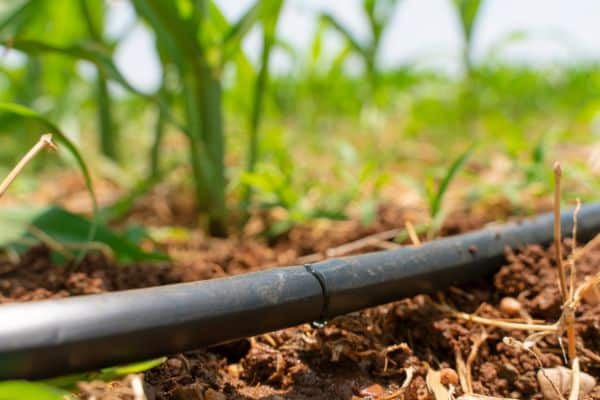Drip vs. Sprinkler Irrigation: Which Is Right for Your Garden?
A flourishing garden is a source of pride for many homeowners and garden enthusiasts. One of the key factors in maintaining a healthy garden is choosing the right irrigation system. Two common choices are drip irrigation and sprinkler irrigation, each with its own set of advantages and considerations. In this blog post, we’ll explore the differences between these two irrigation methods to help you determine which one is best for your garden.
Drip Irrigation:
Drip irrigation is a highly efficient watering system that delivers water directly to the base of individual plants or along a designated line of plants through a network of tubes, pipes, and emitters. Here are some key benefits of using drip irrigation in your garden:
- Water Efficiency: Drip irrigation is renowned for its water-saving properties. By delivering water directly to the roots, it minimizes evaporation and runoff, making it an environmentally friendly choice.
- Healthy Plants: Drip systems maintain consistent soil moisture levels, which is essential for plant health. By keeping foliage dry, they reduce the risk of fungal diseases and discourage weed growth.
- Customization: Drip systems allow for precise control over the amount of water each plant receives. This means you can tailor the irrigation to suit the specific needs of different plant varieties in your garden.
- Weed Control: Because the soil surface remains relatively dry, weed growth is minimized, reducing the need for manual weeding.
However, there are a few considerations to keep in mind when opting for drip irrigation:
- Installation Complexity: Setting up a drip system can be more complex than installing sprinklers, especially for larger gardens. It requires careful planning and accurate installation.
- Maintenance: Drip emitters can become clogged over time due to debris or mineral deposits, requiring regular maintenance.
Sprinkler Irrigation:
Sprinkler irrigation involves spraying water over the entire garden area, creating a fine mist or droplets that fall onto the soil surface. Here are some advantages of using sprinkler irrigation in your garden:
- Coverage: Sprinklers are ideal for irrigating large garden areas, such as lawns, as they provide even coverage.
- Ease of Installation: Setting up a sprinkler system is typically straightforward, and it offers greater flexibility if you decide to change your garden layout.
- Cost-Effective: Sprinkler systems are often more budget-friendly, especially for smaller gardens.
- Frost Protection: In some cases, sprinklers can be used to protect plants from frost damage by forming an insulating layer of ice.
However, there are also some drawbacks to consider with sprinkler irrigation:
- Water Wastage: Sprinklers can be less water-efficient as they may lead to water evaporation and runoff. This makes them less suitable for regions with water conservation regulations.
- Fungal Issues: Wet foliage can create a conducive environment for fungal diseases, particularly in humid climates.
- Weed Growth: The presence of moisture on the soil surface can encourage weed growth, necessitating additional maintenance.
Choosing the Right System:
The decision between drip and sprinkler irrigation depends on your garden’s size, layout, types of plants, and your water conservation goals. In many cases, a combination of both systems may be the most effective approach. Drip irrigation can be used for individual plants, shrubs, and flower beds, while sprinklers can cover larger open areas like lawns.
Before making a choice, assess your garden’s unique requirements, consult with experts if necessary, and consider factors such as water availability, budget constraints, and the time you can allocate to maintenance. By selecting the appropriate irrigation system, you’ll not only conserve water but also ensure the long-term health and beauty of your garden.

